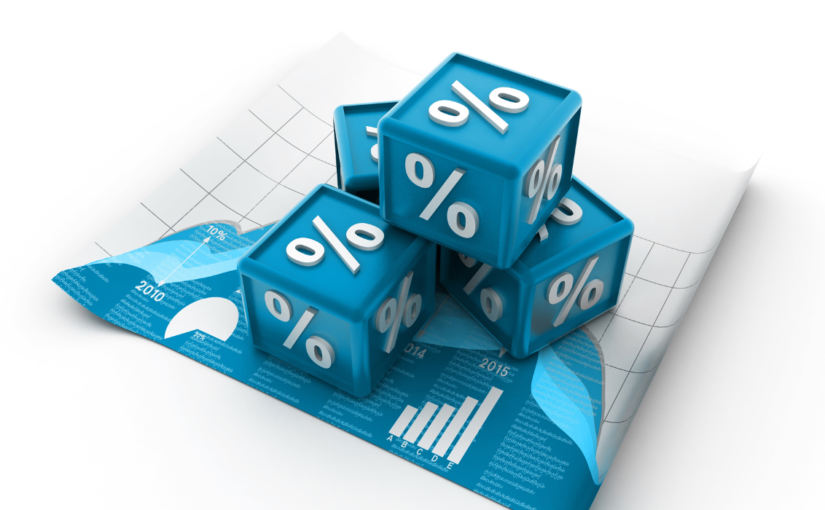back
The Impact of Interest Rates on Medical Office and Healthcare Property Loans
03-2023

Among of the most dependable and steady investments in the real estate sector are medical office and healthcare complexes. Due to the aging of the baby boomer generation and the expanding population, these kinds of properties are not only necessary for delivering medical services but are also in great demand. Because to this, both real estate investors and healthcare providers are interested in investing in these sites. But, just like any other investment, healthcare property loans are subject to interest rates that may materially affect their profitability.
The cost of borrowing for loans on medical property is mostly influenced by interest rates. By affecting the total amount of interest paid during the loan’s life, they have a substantial impact on the investment’s overall profitability. Inflation, economic expansion, and the Federal Reserve’s monetary policy are just a few of the variables that affect interest rates.
Loans for healthcare properties may become more expensive as a result of rising borrowing costs brought on by rising interest rates. Because increased interest rates might decrease the amount of cash flow available to repay the loan, this may have a major influence on the investment’s profitability. For instance, if a borrower takes out a $1 million loan with a 5% interest rate, they will have to pay back the loan with $50,000 in annual instalments. Nevertheless, if interest rates rise to 6%, the annual payments will soar to $60,000, decreasing the investor’s available cash flow.
Higher interest rates might affect the value of the property in addition to decreasing cash flow. When interest rates climb, borrowing costs rise as well, making it more expensive for potential buyers to fund the purchase of the property. This may decrease the market value of healthcare properties by decreasing the demand for such properties. Falling property values may make it more challenging for investors to sell their properties or restructure their loans, which would further reduce their profitability.
In contrast, when interest rates are low, borrowing becomes less expensive and healthcare real estate loans become more accessible. By increasing the investor’s cash flow options, this could raise the investment’s profitability. For instance, if a borrower takes out a $1 million loan with a 4% interest rate, they will have to pay back the loan with $40,000 in annual instalments. The annual payments will drop to $30,000 if interest rates drop to 3%, enhancing the investor’s cash flow potential.
Low loan rates can improve the demand for healthcare facilities, increasing their market value in addition to enhancing cash flow. Low interest rates make it simpler for purchasers to fund the purchase of the property, increasing the number of buyers and raising the price. By giving the investor a better return on their investment, higher property values can boost the investment’s profitability.
In the United States, the Federal Reserve has a big say in how interest rates are determined. The federal funds rate, the interest rate that banks charge one another for overnight loans, is one way that the Federal Reserve’s monetary policy can affect interest rates. When the federal funds rate is high, banks impose higher interest rates on borrowers, raising the cost of borrowing. Banks charge borrowers lower interest rates when the federal funds rate is low, making borrowing more feasible.
Via its bond-buying program, the Federal Reserve can potentially affect interest rates. The demand for government bonds rises when the Federal Reserve purchases them, lowering their yields. Bond yields that are lower can result in borrowers paying lower interest rates, which would make borrowing more reasonable.
In addition to the Federal Reserve, inflation and economic expansion can affect interest rates. Interest rates are frequently high to help control inflation when it is high. In order to keep the economy from overheating during periods of great economic development, interest rates are frequently high. In contrast, interest rates are typically low to encourage the economy when inflation is low and economic development is slow. Thus, it is crucial for healthcare property owners to keep an eye on inflation and economic indicators since they might foretell prospective changes in interest rates that could have an influence on their assets.
It is also important to keep in mind that interest rates are not the only issue affecting loans for healthcare property. The profitability of investments in healthcare real estate is also greatly influenced by other variables like location, occupancy rates, and property quality. Regardless of the interest rate environment, it is critical to do rigorous due diligence and market research to guarantee that investments in healthcare properties are lucrative.
When making an investment in healthcare real estate, interest rates are an essential issue to take into account. Interest rates can affect the cost of borrowing, the amount of accessible cash flow, and the property’s worth. Due to higher cash flow and property values during times of low interest rates, investments in healthcare properties might be more advantageous. On the other hand, when interest rates are high, investing in healthcare real estate can be less beneficial due to decreased cash flow and property prices. As a result, in order to make wise investment selections, healthcare property investors need keep an eye on interest rates and other economic factors.
F2H Capital Group is a debt advisory firm specializing in negotiating the best terms for your commercial real estate projects. The company offers a range of financial products and services, including fixed loans, bridge loans, and construction loans across all asset types. Please contact us for any of your financing needs.

